NURBN2009 Health Promotion: Planning a Childhood Obesity Program
VerifiedAdded on 2023/06/15
|7
|979
|220
Project
AI Summary
This document presents a health promotion program focused on preventing childhood obesity among school children. The program aims to implement lifestyle-based interventions to achieve weight reduction within one year. Key objectives include identifying the obese population, measuring body weight and height to determine basal metabolic rate, and tracking calorie expenditure. Strategies involve nurturing healthy eating habits, providing nutritious food and beverages, improving physical activity, and reducing screen time. The program will run for eight months, including creating and distributing pamphlets, recording measurements, and conducting a four-month follow-up period. The success of the program will be evaluated by analyzing changes in baseline characteristics over one year, with government funding and public awareness campaigns planned to support the initiative. References to relevant research articles are included to support the program's strategies.
1 out of 7
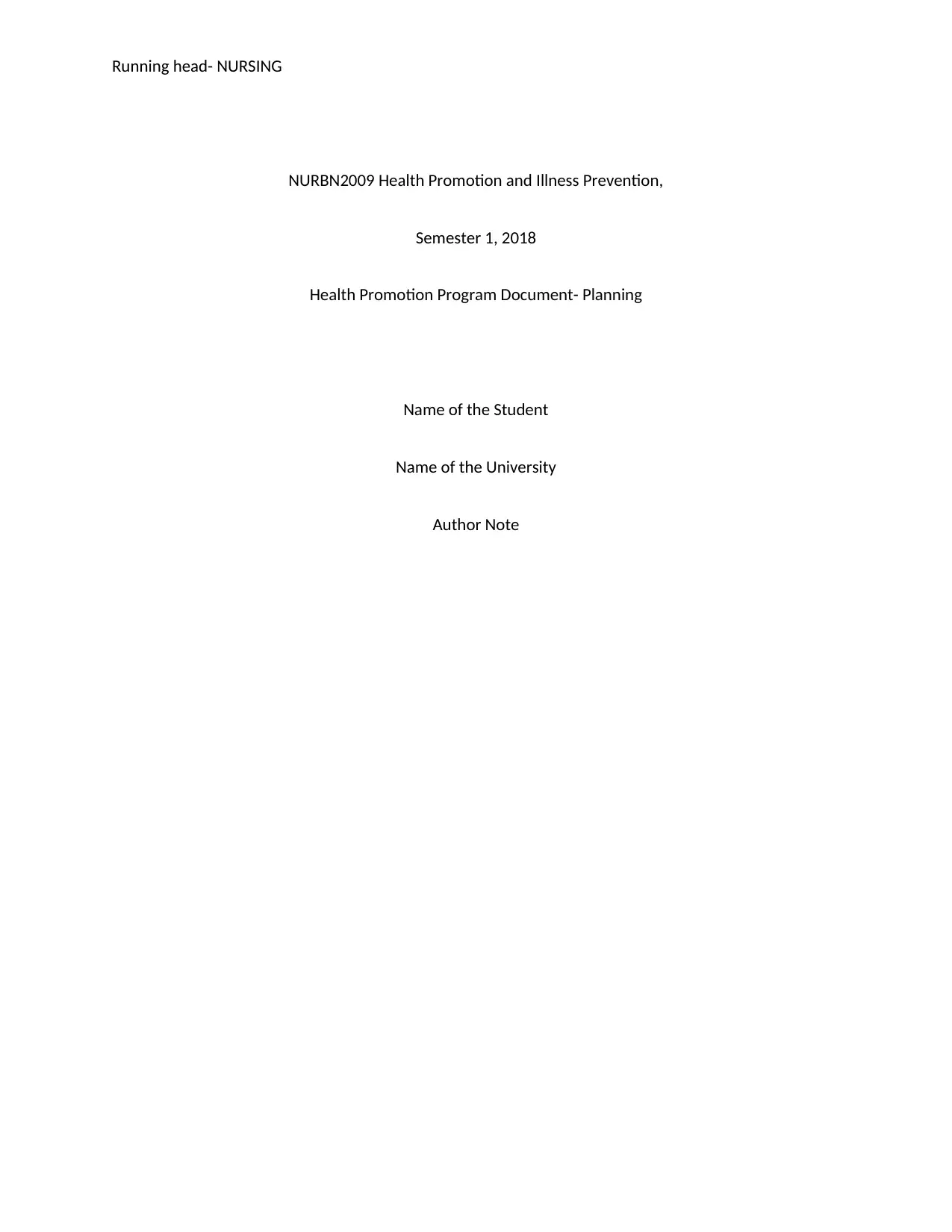
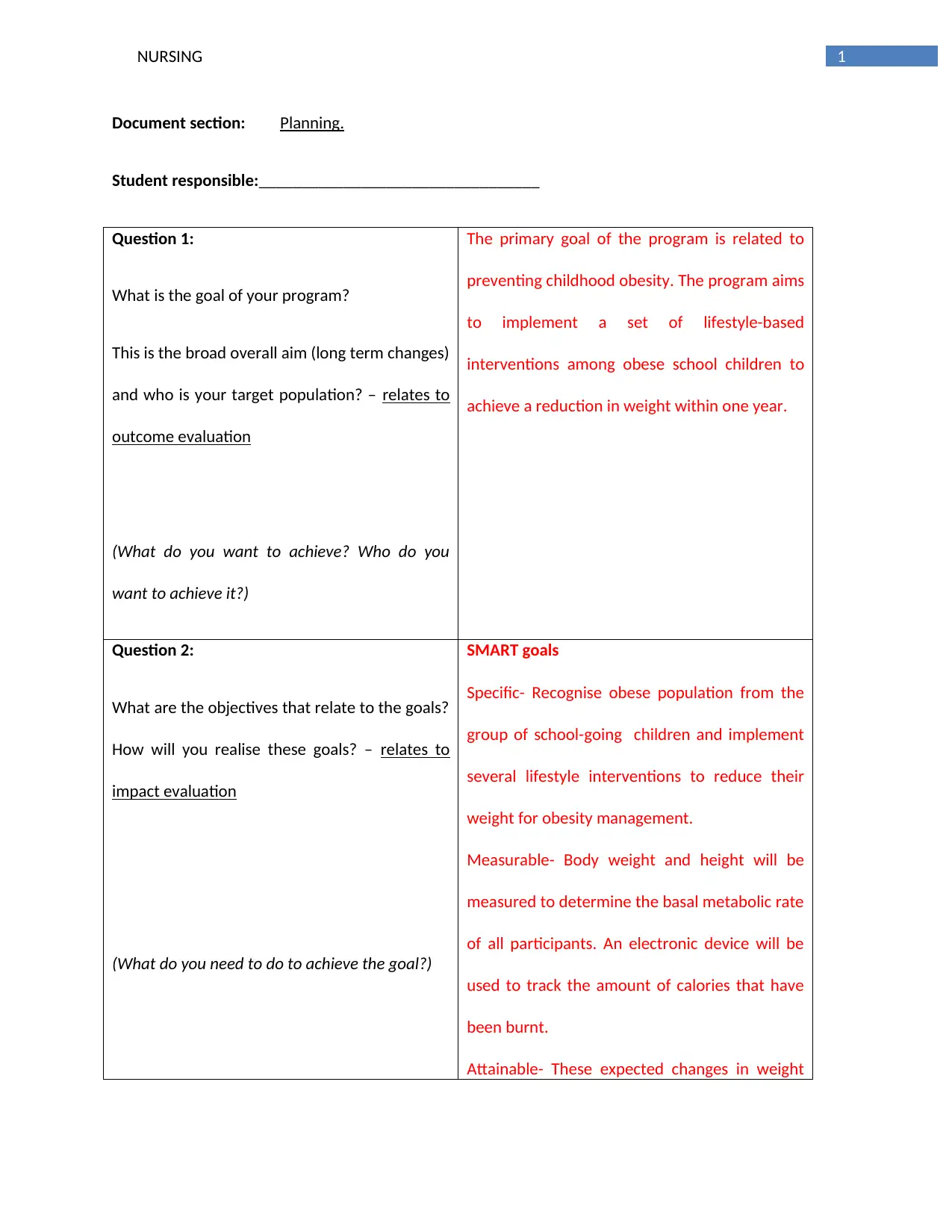
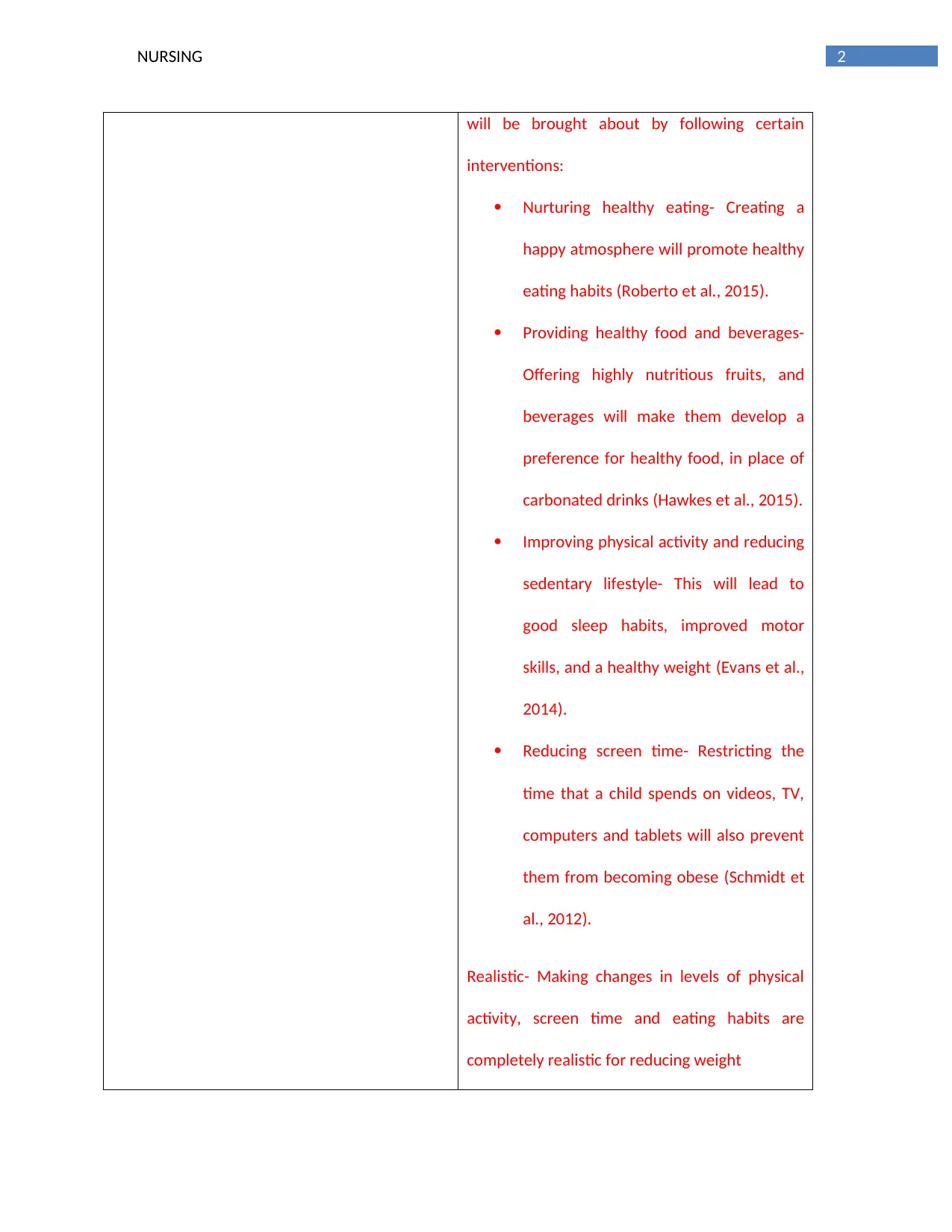

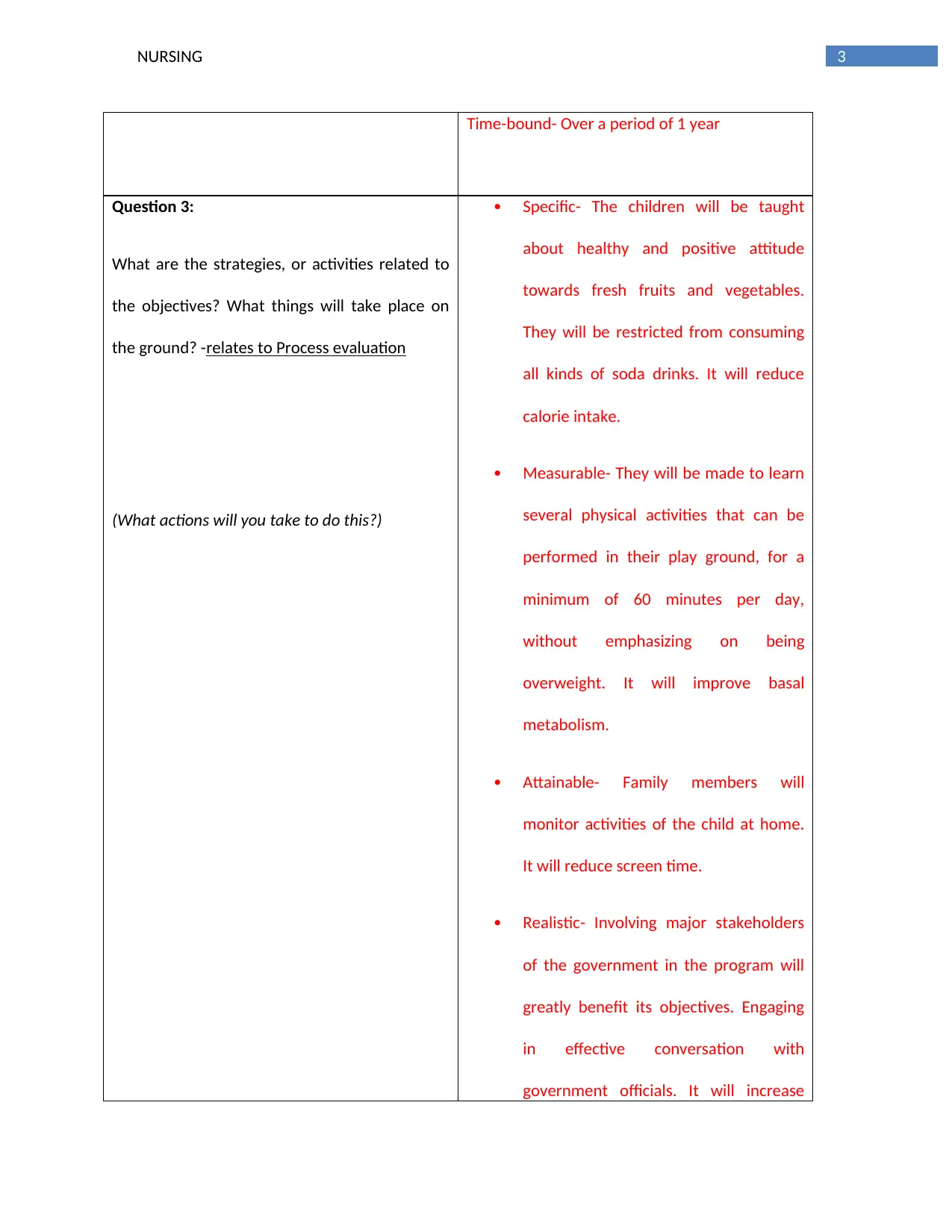
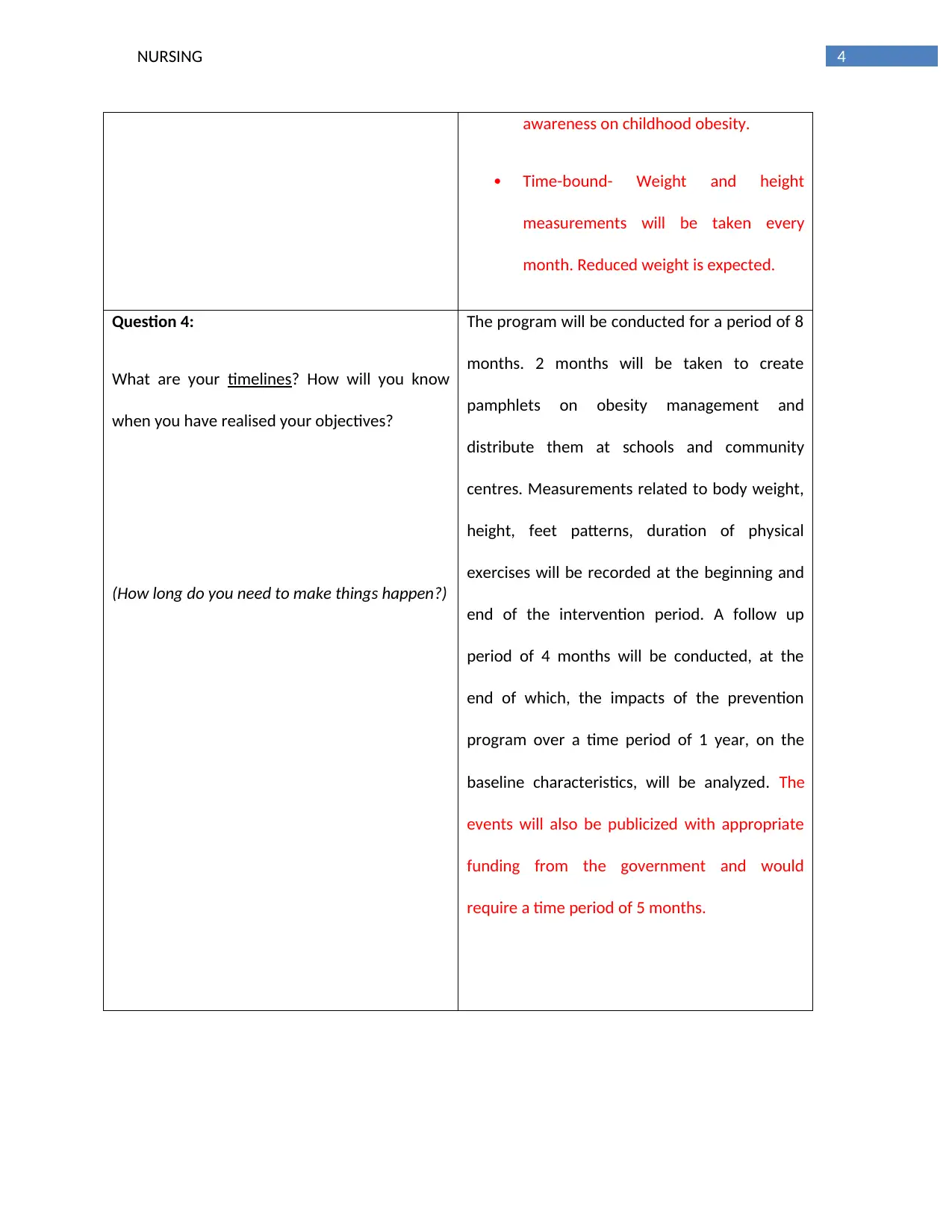







![[object Object]](/_next/static/media/star-bottom.7253800d.svg)